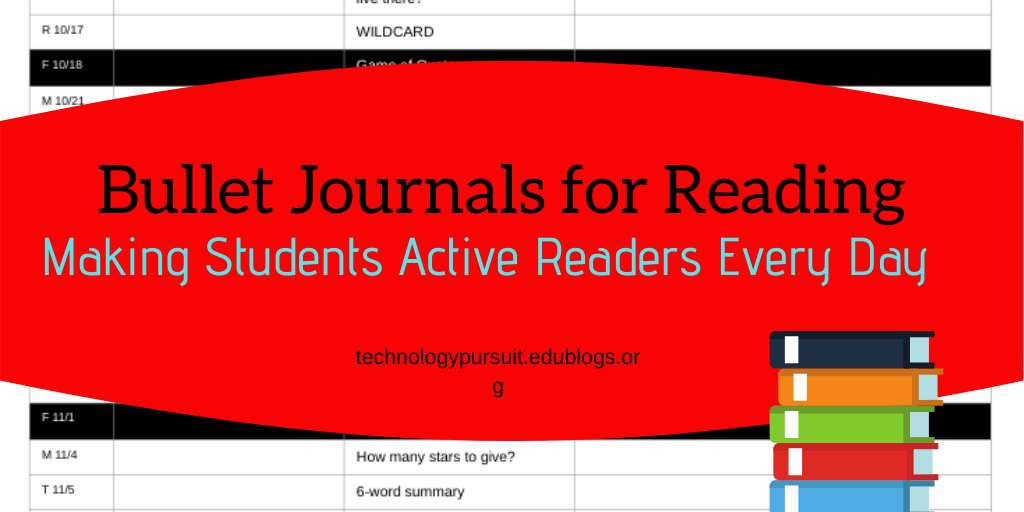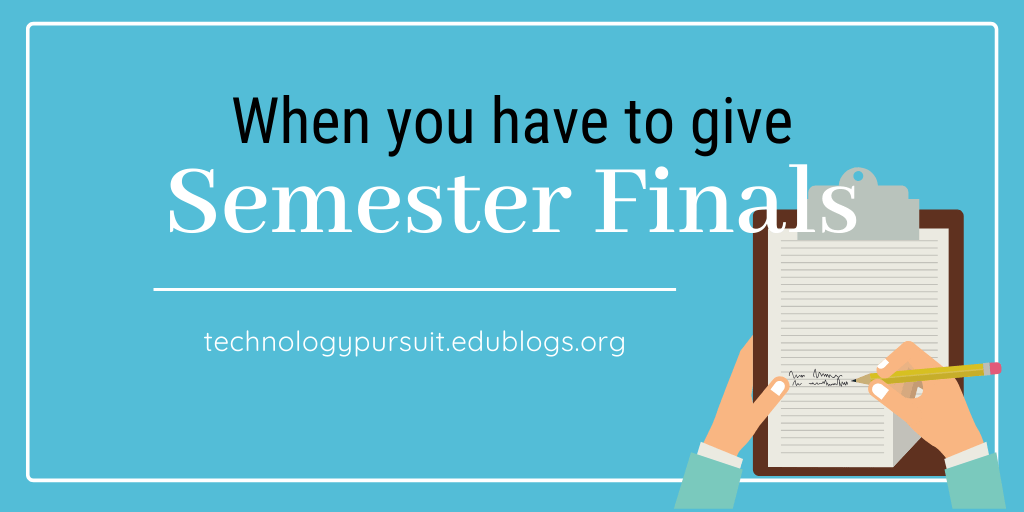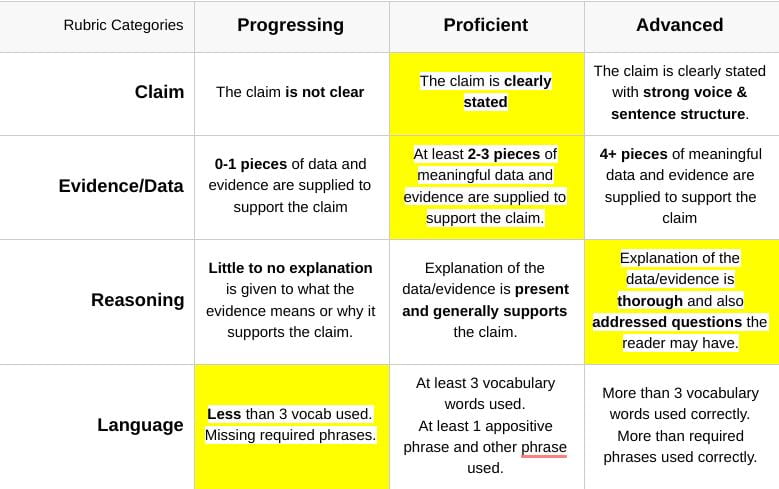Independent, self-selected reading is a cornerstone of my teaching. It’s the way we begin class every day. That hasn’t changed in the past 10 years.
What has changed (often) is how I’ve asked students to reflect on their reading. I’ve done short weekly responses, bi-weekly responses, and book reviews. I’ve used hand-written responses, book blogs, Google Forms, and Sutori.
To some extent, these all worked. But I always felt that we were jumping through hoops; students would write their assignment, I would give them feedback–sadly, sometimes a week or two later–that they may or may not read.
I’ve also dabbled in book conferences, although it’s pretty hard to find the time in a high school classroom, especially during reading time when I’m taking attendance, checking reading progress of each student, meeting with students who were absent the day before, and striving to read 2-3 minutes myself (because WE have to be readers and model that, too.)
A New Approach
This year, I created a new reflection approach based on the popular bullet journals. If you’re not familiar, bullet journals are a form of daily journaling and reflection that doesn’t focus on writing prose but rather focuses on short statements and phrases–bullet points of your day.
However, I didn’t want students to simply write a short summary statement of their reading each day. That was something they often did in their reading responses rather than sharing opinions and reflections. So I created a journal with simple questions or prompts that encouraged them to go beyond just a summary to questions of opinion, reflection, and metacognition.
How It Works
Before we read each day, I remind students what today’s prompt is so they can go in with that question or prompt in mind. This prompts them to be more active readers. When our ten minutes of reading is over, I give students a minute or so to fill in their bullet journals.
Every 2-3 weeks, I revise the form and print a new journal for each student. They keep their reading journals on their clipboards, which they store in their class mailbox at the end of each period.
After the first two rounds, I started asking students for ideas for potential prompts. They added questions such as “Which character do you relate to and why?” “What has been the biggest surprise for you in this book” and “WILDCARD–You create your own response.”
When I started, my goal was to highlight or write a quick response once a week on everyone’s journals. I have NOT been good at that–definitely room for improvement there.
What’s Next?
While I do think this has made my students more active and reflective readers than the traditional responses I used to use, and that this format is more enjoyable, too, I realize there still could be more choice and ownership for students. They do choose their own reading, but I think next iterations need to include more options, rather than just one. Perhaps creating a list of potential prompts to choose from rather than a daily assigned one.
I also want to continue student input on prompts. Creating a Google Form with current and potential prompts and having students vote for their favorites could be one approach; there could also be a space on the form for students to suggest new prompts.
I definitely want to keep including more social sharing of books, too. We did this earlier this year by creating book slides and then adding to our potential reading lists based on what other classmates were reading. In the past, we’ve also had book celebration days, where students met in groups, gave a book talk and read an excerpt from the book. Snacks were involved, which was probably just as interesting to teenagers as the books.
But I think it is important to continue making reading social. I’m really pleased with how the bullet journals are working this semester. We’ll see how this approach changes through iterations and what additions I make. A return to conferences? More social opportunities with reading? Stay tuned.




